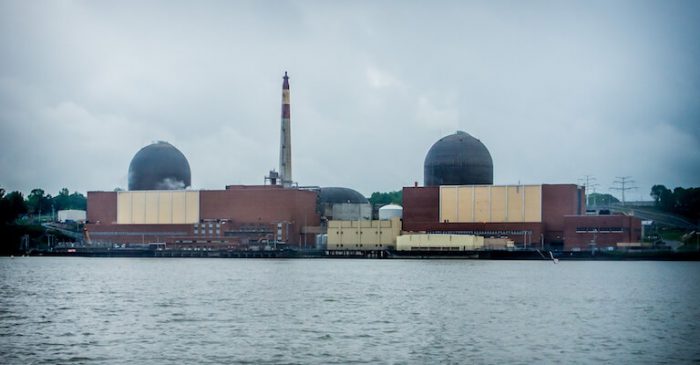Gita Subramony, ERS, for Zondits
Indian Point Nuclear Power Plant, located in Westchester County, New York, provides around 16 million MWh of electricity annually and accounts for around one-fourth of the total energy consumption for the five boroughs and Westchester. Although it produces an abundance of energy, the State of New York has announced that it will shut down the plant in 2021.
Even though nuclear power in theory presents a low carbon alternative to coal or gas generation, there are other safety, waste, and environmental issues the technology presents. In the case of a natural (or manmade) disaster the aftereffects would be devastating to the region if the plant is affected. Nuclear contamination would be extremely detrimental to the region, especially since it is so densely populated.
If the plant shuts down, how will the NYC region get enough power to operate? A recent study by Riverkeeper and the Natural Resources Defense Council suggests that the shortfall could be made up by a combination of hydroelectric power from Canada and by reducing demand. Energy efficiency is a great low-cost option that could avoid the need for new generation sources to make up for the closure of the nuclear plant. According to Steve Cohen, Executive Director of Columbia University’s Earth Institute, “One of the chief advantages of energy efficiency is that it is difficult to argue against it. What is the counter-argument? Let’s waste as much energy as we can and spend lots of money on energy instead of saving it for better uses? There are, however, obstacles to energy efficiency: capital costs, habit, inconvenience, risk due to reduced redundancy (e.g., in information technology facilities), outmoded regulations, and so on.”
Efficiency may not be as eye-catching as solar PV, but it could be the lower-cost key to NYC’s survival of the Indian Point Nuclear Power Plant shutdown. There are, however, some barriers to adoption that need to be addressed by a variety of stakeholders including government, utilities, and building owners and operators.
